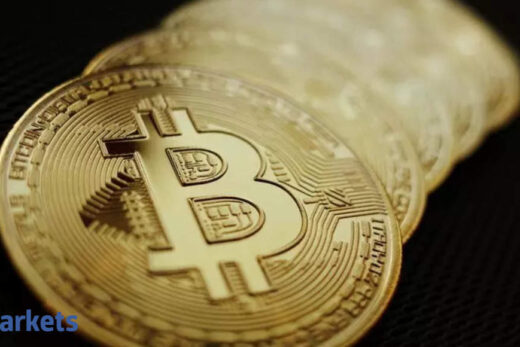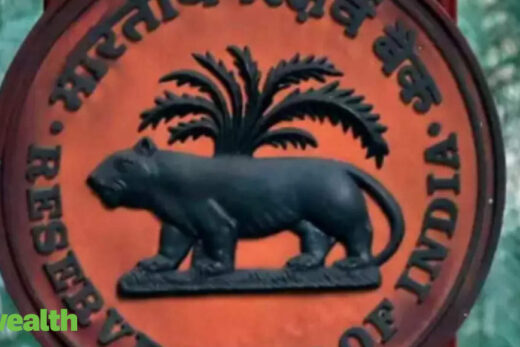Saugata Bhattacharya, chief economist at Axis Bank, and a veteran when it comes to analysing the vicissitudes of economic cycles, believes that the proverbial glass is half full rather than half empty when it comes to India’s GDP growth.
“There are a few developments which could lend some upside to the forecast. First is the way the NSO estimates growth in the initial rounds. The Advance Estimates are constructed with significant inputs from corporate results,” Bhattacharya said in an interview with ETMarkets.com
“The financial results of manufacturing and services companies are adjusted with GDP deflators to arrive at real growth estimates. Obviously there are other quantity based indicators like IIP, freight, etc. which are also inputs. But a large contribution to the estimates comes from the corporate results. And corporate results in Q1 seem to be quite robust .Based on this, our sense is there might be an upside to this estimate of growth.”
The RBI has projected GDP growth of 9.5 per cent for the financial year 2021-22.
As the experience of the last year (and the myriad of growth downgrades emanating from entities like the RBI to the IMF) has shown, forecasting India’s growth amid a Black Swan event like COVID is no easy task.
Bhattacharya, however, bases his view on an analysis of certain high-frequency indicators.
“… signs from high-frequency indicators we track suggest that recovery has been better and deeper than what we had initially estimated,” he said.
“Automobile sales and numbers on the consumer durables – suggest demand resilience.”
The veteran economist did, however, flag concerns about the revival prospects of a large grouping of smaller companies.
“We are grappling with how much the degree of economic scarring due to the pandemic might have been, including a potential drawdown of savings, permanent reduction in incomes, etc.,” he said.
Bhattacharya maintained that at the current juncture, the most that policymakers – who are admittedly in a bind – can do is deal with the problems at hand at present, while prioritising the public health situation.
” The other economic variables are more exogenous. Be it inflation, funds flows, etc, much of those things are relatively exogenous to their control, the only thing really that policymakers, public health policy particularly, can control is vaccination.”



